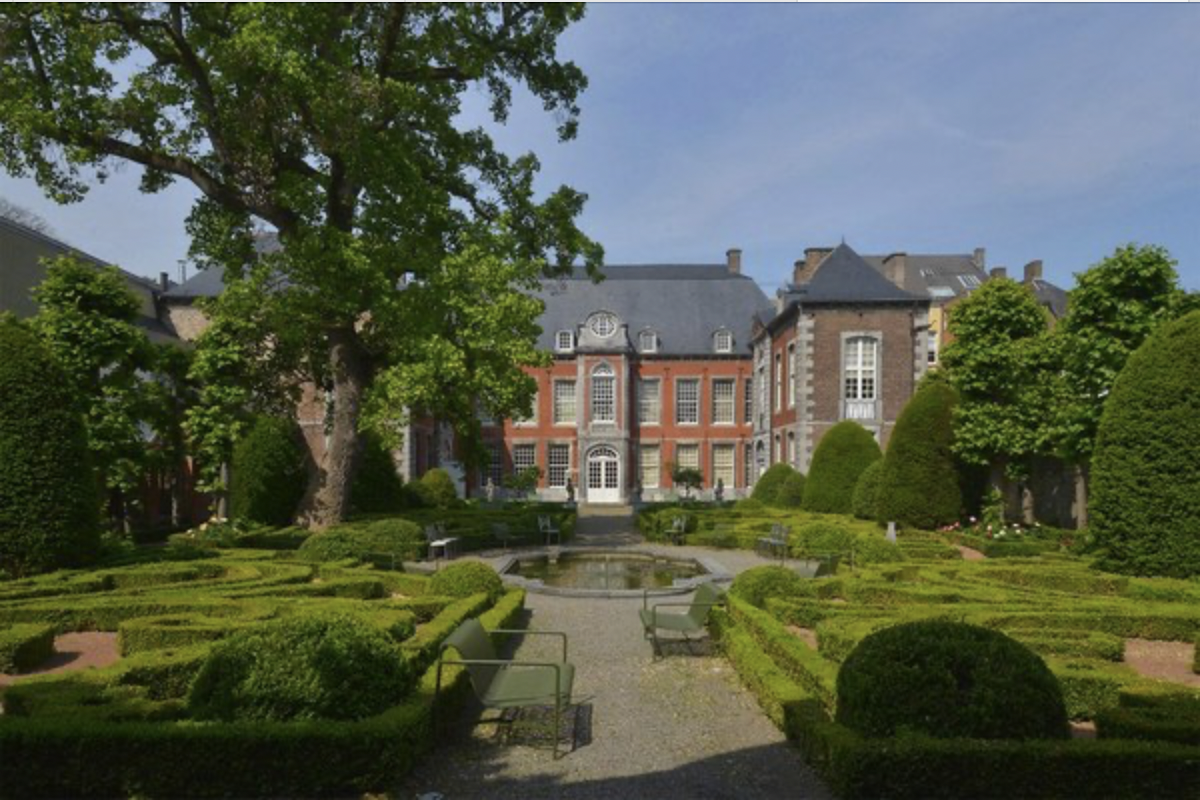Located in Namur, Belgium, the Musée des Arts décoratifs (Museum of Decorative Arts) holds a distinguished status as a heritage site. Housed within the splendid Hôtel de Groesbeeck – de Croix, an architectural gem from the Age of Enlightenment, this museum has a rich history.
Originally, the museum building was constructed from the former refuge of the Abbey of Villers-en-Brabant, dating back to the thirteenth century. In 1605, it underwent significant transformation and was later acquired in 1688 by Baroness d’Harscamp. A detailed relief plan from 1747, crafted by Jean-Baptiste Larcher d’Aubancourt, reveals the layout of the mansion, comprising a main building adjacent to the street, a rear wing extending northward, and various ancillary structures. Some remnants of the original 1605 construction are still visible, including markings in the vaults of the vestibule.
In 1751, Alexandre-François de Groesbeeck, the grandson of Baroness d’Harscamp, initiated extensive renovations under the guidance of architect Jean-Baptiste Chermane. Despite initial enthusiasm, the project was overshadowed by personal tragedies, with the premature deaths of family members leaving Alexandre-François to pass away alone in 1789.
This melancholic legacy seems to linger within the hôtel, since only two rooms were richly decorated: the dining room and the countess’s boudoir. Old inventories do not mention other luxurious decorations or materials. he latter and his descendants rarely occupied the hotel in the nineteenth century. The building was nevertheless maintained but – fortunately – it was not be brought up to date. Bij preventing modernization, it was preserved in its original structure.
Maintained but untouched by technological advancements, the hotel remained largely intact until the 1930s, marking a new chapter in its history. Surrounded by a charming French-inspired garden, the museum showcases decorative arts spanning the seventeenth to nineteenth centuries. Its collection includes furniture, clocks, paintings, sculptures, crystal, and earthenware, notably featuring Dutch Delftware objects, mostly on loan from the Royal Museums of Art and History in Brussels.






